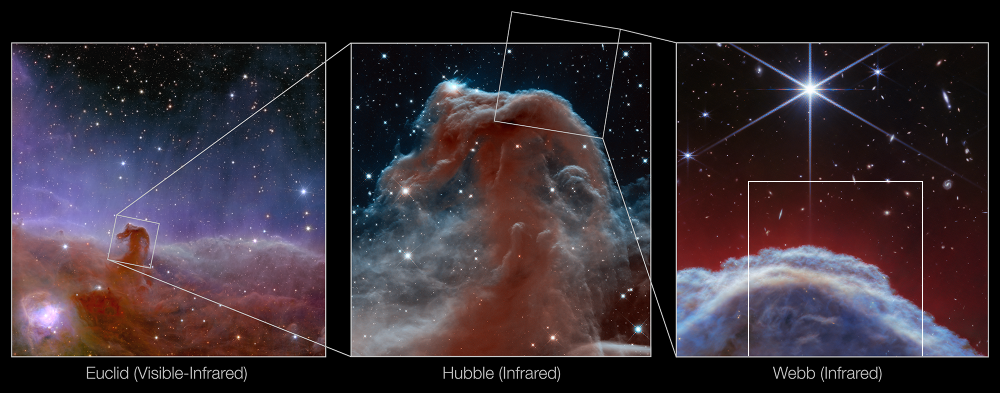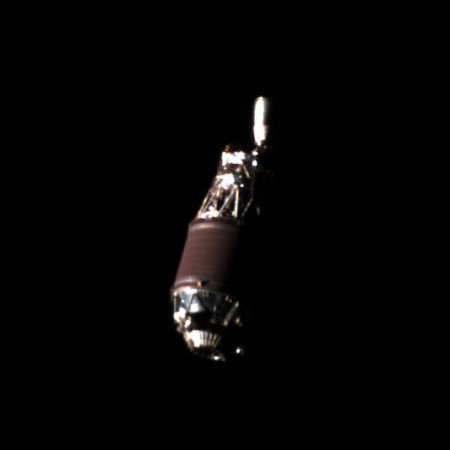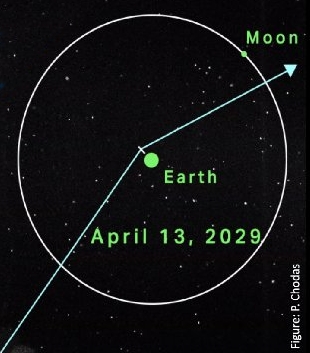Webb maps the global temperature and water vapor of a hot exoplanet
The uncertainty of science: Using detailed infrared data from the Webb Space Telescope, scientists have mapped the temperature swings and atmospheric water vapor across the entire global of a tidally locked “hot Jupiter” exoplanet about 284 light years away that orbits its star every 19.5 hours.
The team used Webb’s MIRI (Mid-Infrared Instrument) to measure light from the WASP-43 system every 10 seconds for more than 24 hours. “By observing over an entire orbit, we were able to calculate the temperature of different sides of the planet as they rotate into view,” explained Bell. “From that, we could construct a rough map of temperature across the planet.”
The measurements show that the dayside has an average temperature of nearly 2,300 degrees Fahrenheit (1,250 degrees Celsius) – hot enough to forge iron. Meanwhile, the nightside is significantly cooler at 1,100 degrees Fahrenheit (600 degrees Celsius). The data also helps locate the hottest spot on the planet (the “hotspot”), which is shifted slightly eastward from the point that receives the most stellar radiation, where the star is highest in the planet’s sky. This shift occurs because of supersonic winds, which move heated air eastward.
…To interpret the map, the team used complex 3D atmospheric models like those used to understand weather and climate on Earth. The analysis shows that the nightside is probably covered in a thick, high layer of clouds that prevent some of the infrared light from escaping to space. As a result, the nightside – while very hot – looks dimmer and cooler than it would if there were no clouds.
The data also found water vapor on both the day and night sides of the exoplanet, but surprisingly no evidence of methane, suggesting that atmosphere has high winds exceeding 5,000 miles per hour that mixes that atmosphere globally. Any methane that was expected to exist on the night side gets blown to the day side where the heat destroys it.
This data, while excellent, is also very coase and even more uncertain. While Webb can get good infrared spectroscopy from almost 300 light years away, we must take the interpretations of that data with great skepticism.
The uncertainty of science: Using detailed infrared data from the Webb Space Telescope, scientists have mapped the temperature swings and atmospheric water vapor across the entire global of a tidally locked “hot Jupiter” exoplanet about 284 light years away that orbits its star every 19.5 hours.
The team used Webb’s MIRI (Mid-Infrared Instrument) to measure light from the WASP-43 system every 10 seconds for more than 24 hours. “By observing over an entire orbit, we were able to calculate the temperature of different sides of the planet as they rotate into view,” explained Bell. “From that, we could construct a rough map of temperature across the planet.”
The measurements show that the dayside has an average temperature of nearly 2,300 degrees Fahrenheit (1,250 degrees Celsius) – hot enough to forge iron. Meanwhile, the nightside is significantly cooler at 1,100 degrees Fahrenheit (600 degrees Celsius). The data also helps locate the hottest spot on the planet (the “hotspot”), which is shifted slightly eastward from the point that receives the most stellar radiation, where the star is highest in the planet’s sky. This shift occurs because of supersonic winds, which move heated air eastward.
…To interpret the map, the team used complex 3D atmospheric models like those used to understand weather and climate on Earth. The analysis shows that the nightside is probably covered in a thick, high layer of clouds that prevent some of the infrared light from escaping to space. As a result, the nightside – while very hot – looks dimmer and cooler than it would if there were no clouds.
The data also found water vapor on both the day and night sides of the exoplanet, but surprisingly no evidence of methane, suggesting that atmosphere has high winds exceeding 5,000 miles per hour that mixes that atmosphere globally. Any methane that was expected to exist on the night side gets blown to the day side where the heat destroys it.
This data, while excellent, is also very coase and even more uncertain. While Webb can get good infrared spectroscopy from almost 300 light years away, we must take the interpretations of that data with great skepticism.










